Crambidae
80a1478 –
5445 Thaumatopsis repandus
(Grote, 1880)
|
|
|
| Photographs are the copyrighted property of each photographer listed. Contact individual photographers for permission to use for any purpose. |
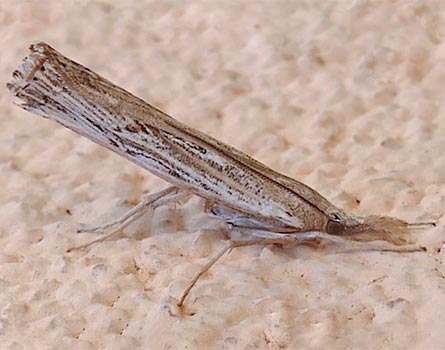
© David Trochlell
|
Description/
Field Marks: |
Male have have strongly pectinate antennae; females with shortly pectinate antennae (Landry 2025). There is much confusion which originated in Grote's original description for the male when the holotype was in fact a female. |
| Similar Species: |
- 80a1479 Thaumatopsis crenulatella: Males have crenulate antennae, heavily ciliated and without pectination; females have serrate antennae (Landry 2025).
- 80a1478.1n Thaumatopsis mayelisae: Best separated by genitalia.
- Pinned specimens of related species. (Hint: select View by Region on the related species page.)
|
| Synonymy: |
repandus (Grote, 1880) (Crambus) - MONA 1983: 5445; Holotype: Colorado. |
|
| References (Caution: DNA barcoding at BOLD provides evidence of relatedness, not proof of identification; some BOLD specimens shown may not be sequenced.) |
- Barcode of Life (BOLD) - Caution: Identifications often erroneous; DNA barcode provides evidence of relatedness, not proof of identification; many specimens not sequenced.
- Barcode of Life (BOLD) - BIN: BOLD:AAE7727 (treated as repandus in Landry (2025)) - Caution: DNA barcode provides evidence of relatedness, not proof of identification.
- Barcode of Life (BOLD) - BIN: BOLD:AAZ7137 (possibly a cryptic species from AZ) - Caution: DNA barcode provides evidence of relatedness, not proof of identification.
- Grote, A.R., 1880. Preliminary list of North American species of Crambus. The Canadian Entomologist, 12: 79.
- Kearfott, W.D., 1908. Descriptions of new species of North American crambid moths. Proceedings of the United States National Museum, 35 (1649): 390.
- Landry, B., 2025. A review of the Thaumatopsis species of the Bolterellus group with descriptions of two new species (Crambidae, Crambinae). Journal of the Lepidopterists' Society, 79(2): 93; Figs 4, 8, 10, 20, 25.
- Powell, J. A. & P. A. Opler, 2009. Moths of Western North America, Pl. 24.10m; p. 183. Book Review and ordering
- Species Page at BugGuide.Net
- Species Page at iNaturalist
|
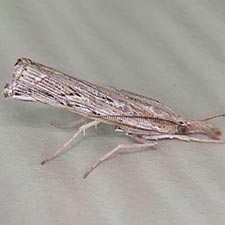
© David Trochlell
|
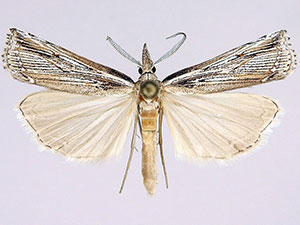
 - LG – © Jim Vargo
|
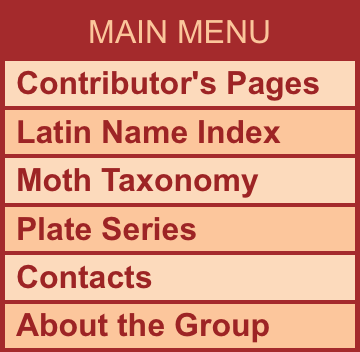
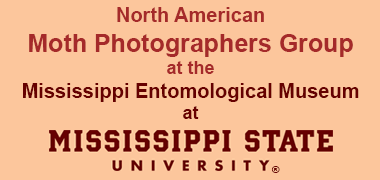
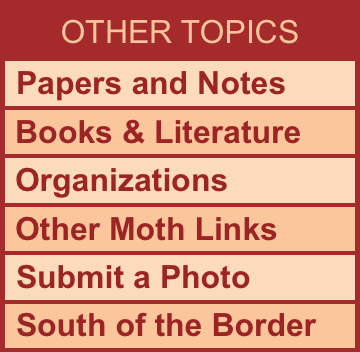


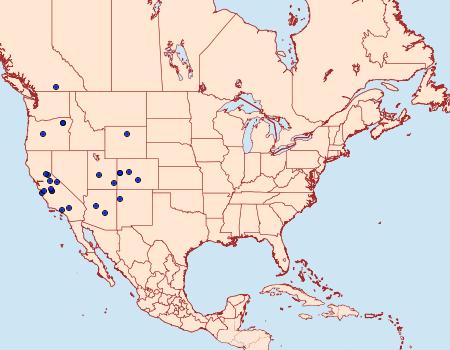
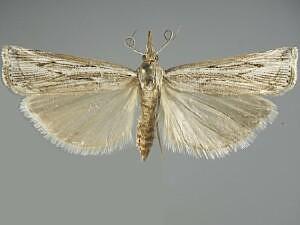

 -
-